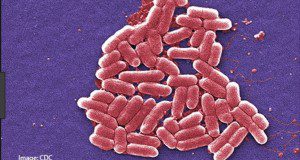This 6-page publication’s purpose is to educate master gardeners and homeowners about the principles of soil health as well as practices that harm or nurture soil health at the residential scale. It also includes a description of the soil food web and the microorganisms that comprise it. This new publication of the UF/IFAS Department of Soil and Water Sciences was written by Sally Scalera, Alexander J. Reisinger, and Mary Lusk.
http://edis.ifas.ufl.edu/ss664
Tag: Soil Organisms
The Insect Community on the Soil Surface (ENY859/IN876)
It’s easy to find and collect insects, related arthropods, and other invertebrates from the soil surface using simple materials that are readily available. This 7-page fact sheet describes several collection methods and introduces common invertebrates that are found on the soil surface in agricultural fields and gardens in Florida. It was written by Harsimran K. Gill, Robert McSorley, and Lyle Buss, and published by the UF Department of Entomology and Nematology, January 2011.
http://edis.ifas.ufl.edu/in876
SL272/MG453 Soils & Fertilizers for Master Gardeners: Soil Drainage and Water Holding Capacity
SL-272, a 3-page illustrated fact sheet by Amy L. Shober, helps homeowners understand the natural water status of local soils, allowing them to make decisions about plant selection and irrigation needs. Includes references. Published by the UF Department of Soil and Water Science, November 2008.
http://edis.ifas.ufl.edu/MG453
